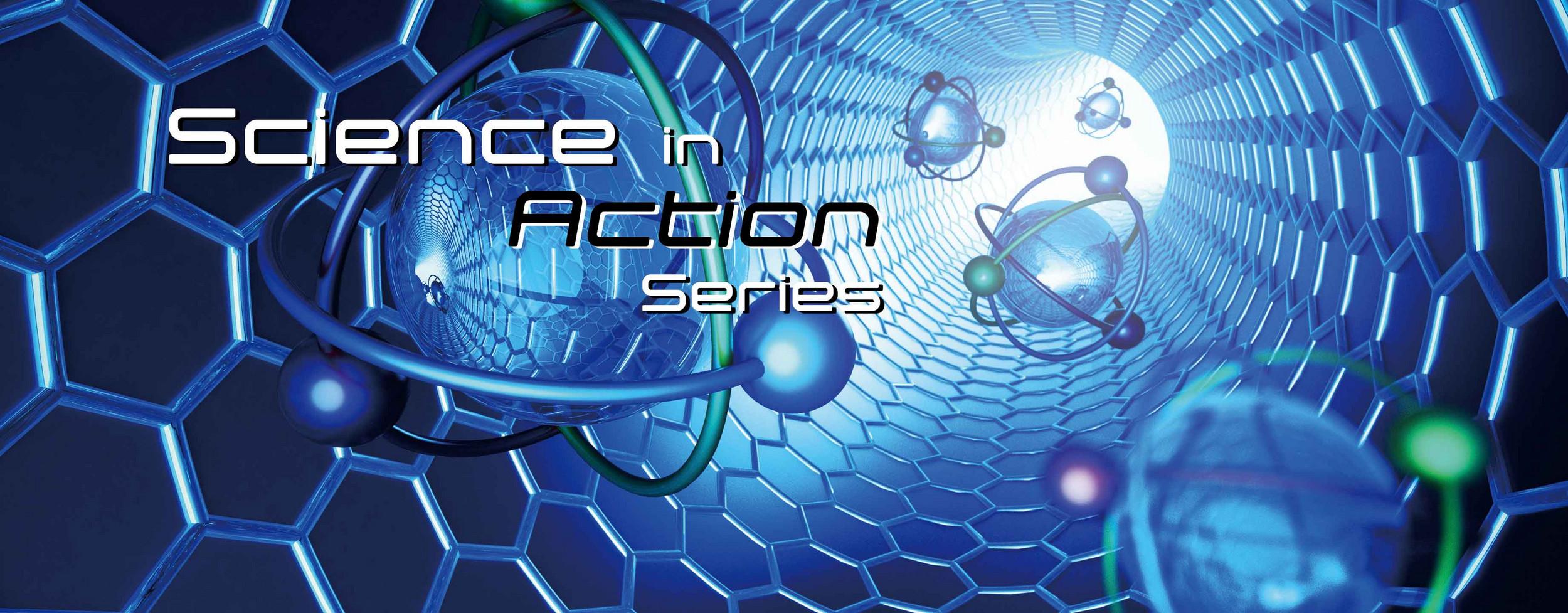
Taylor Harvey, Ph.D., of Texas A&M University-Central Texas
No one likes to change the batteries on a dead clock. But imagine if the numbers on that clock were painted with a special dark ink. An ink that absorbs light and generates electricity. The clock would get its energy from ambient light, and you’d never have to change the batteries.
Or imagine if you could use that ink to paint your house and provide electricity to run it.
That’s one of the promises of photovoltaics, the process of converting light into electricity. It’s an area that’s attracting lots of attention.
Taylor Harvey, Ph.D., of Texas A&M University-Central Texas, is deep into photovoltaic research. He’s a Chancellor's Assistant Professor of Research at Texas A&M – Central Texas and the Regional Director for Central Texas of Texas A&M’s Engineering Experiment Station.
He’s also a part of the Center for Next Generation Photovoltaics. The long-term goal of the center is to help establish photovoltaic electricity as a major source of energy in the world.
Harvey has helped developed the paint. But it’s not something you can buy at Home Depot yet. It still faces a lot of hurdles, one of which is the efficiency of the photovoltaic solar cell conversion process. He says he’s still at least five years away from understanding it better.
His research at the university is focused on developing new materials for solar energy, and helping the solar cell manufacturing industry increase the efficiency of its solar cells. That objective is to get more energy out of the cells produced by increasing the effectiveness of the photovoltaic cell manufacturing process.
The photovoltaic industry is growing at staggering rates. In 2016 alone, the global solar photovoltaic capacity rose by 50 percent, due to new installations in China and the U.S., according to the Next Generation Photovoltaics center.
Harvey and his team use photoluminescence to gauge the quality of solar cells. The luminescence of a solar cell can indicate the quality of the solar cell crystal. Semiconductors, which are the basis of solar cells, luminesce at a very specific wavelength.
Taylor looks at whether the cell is luminescing along with the uniformity of the luminescence. It should all have the same wavelengths of light and the same distribution.
“What we often see is different spots that have different wavelengths of luminescence,” he said. “That tells us the manufacturing process has introduced some level of variability.”
That’s the quality assurance aspect of his work. Other universities and private industry provide Harvey with samples of photovoltaic materials to test. But he and his researchers are trying to get in early in the process.
“This is a research team trying to aid in the development of new materials,” he said.
These new materials include mostly thin film photovoltaic materials like cadmium telluride and copper indium gallium selenide. These materials absorb light much more efficiently than silicon. So you need to use lots less material.
“But we haven’t worked with these materials long, so we understand less about them,” he said. “There are brand new materials too, in the solar area. Perovskites (another semi-conductive material) are all the rage right now.”
Harvey does very little work with silicon, the workhorse of the solar industry. Silicon has a 90 percent share of the market for solar cells, according to Harvey. The remaining 10 percent is cadmium telluride.
The problem with silicon is, it’s a poor absorber of light. It requires a relatively thick layer of silicon to absorb the light. That makes it more expensive, heavier and less flexible.
"We want to understand the thin film materials and how to process them so we can manufacture the materials,” Harvey said.
HORIBA MicOS with a HORIBA iHR320 Imaging Spectrometer
Generally, the better the luminescence of the materials, the better the efficiency of the solar cells. So he measures the luminescence of samples to gauge the potential semiconductor properties.
“In general, we will get a sample from a collaborator, and take a rough scan of it with the HORIBA MicOS (a fully integrated microscope spectrometer) and do a broad array using photoluminescence across the entire sample,” he said. “Then we have some mapping and might see some areas of interest. If we identify one spot on a solar cell that’s more interesting, we can put it in the scanning electron microscope with the HORIBA CLUE (Cathodoluminescence Universal Extension), and zoom in on that area. We can do micro-mapping in areas that are interesting to us.”
Harvey is trying to find those poorer performing parts of the sample to understand it better, for basic research and applied applications.
“We are trying to understand how to get rid of the variations that are less efficient,” he said. “Like the way, they deposited the material. It lets us look at different ways you can eliminate that patterning. We want to engineer out the poor fluorescing components.”
The first thing he is looking for are materials that can be much less expensive than silicon. The second is substances that can do what silicon can’t do, like be lightweight, bend, and integrate with our everyday lives.
“The solar paint I work with in collaboration with the University of Texas – this paint we developed, you can make a solar cell on any low-cost material, like plastics and paper,” Harvey said.
The stumbling block is not cost. It’s the ability of these photovoltaic materials to convert light into energy. Solar cells made with these thin film materials are ultimately less efficient today than silicon.
“If we can understand the efficiencies of the materials, it can become much more commercial,” he said.
And like that solar clock, Harvey and his team are looking at different ways to integrate that technology with the way we live.
HORIBA제품의 자세한 정보를 원하시면, 아래의 양식에 내용을 입력을 부탁드립니다.